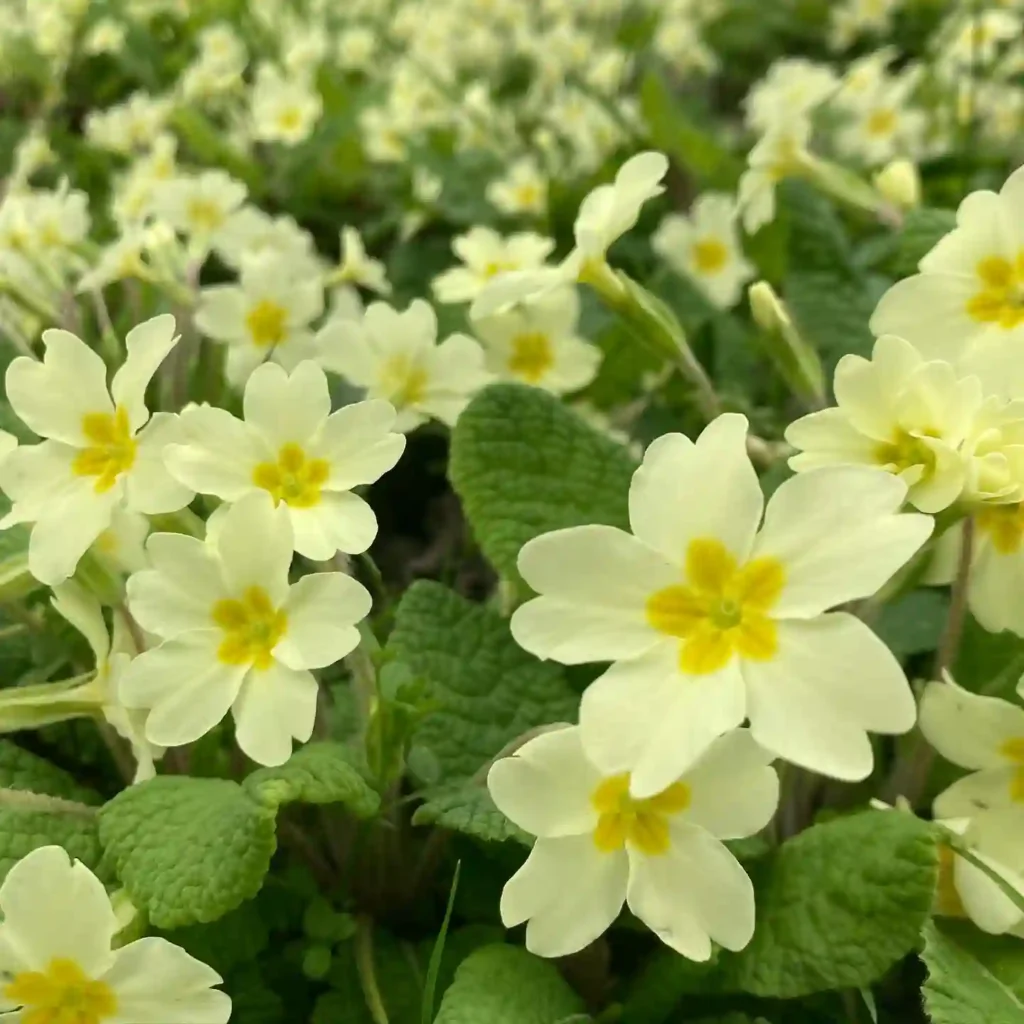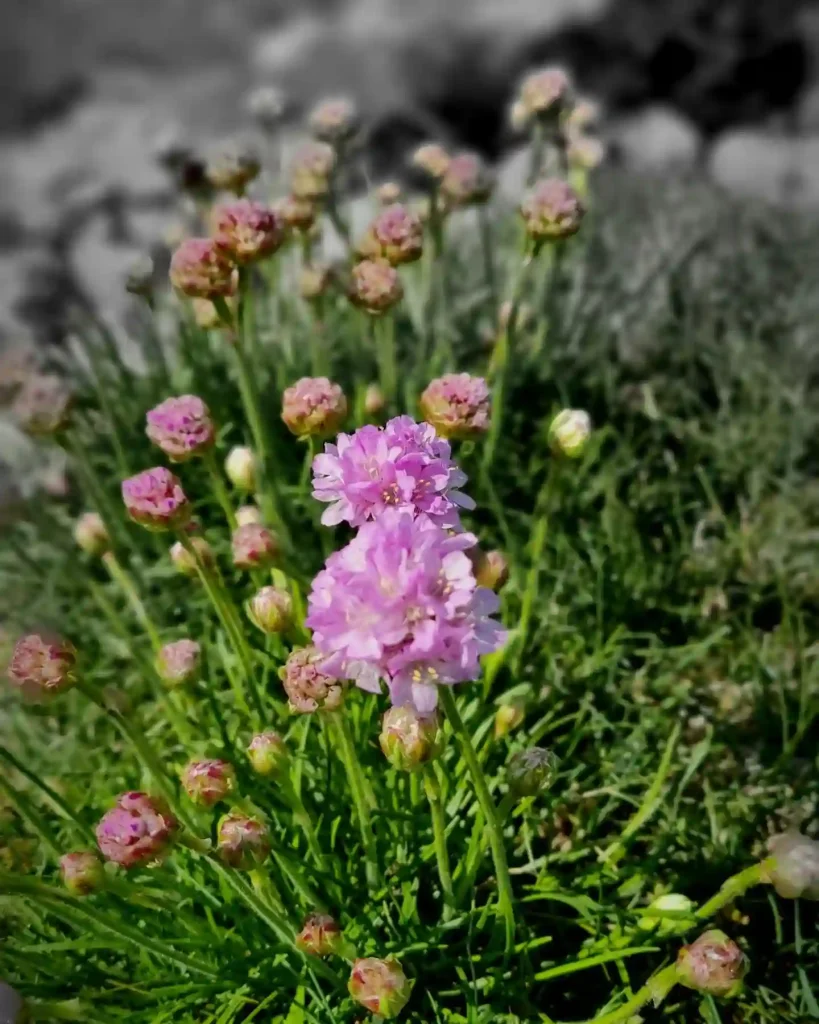What Is Hintonia Latiflora?
Hintonia Latiflora, commonly known as the “Cure for the Dandy”, is a plant native to Mexico. Its name might not be widely recognized, but its medicinal uses have been noted for centuries. The plant is renowned for its potential benefits in managing blood sugar levels and its traditional uses in folk medicine.
4 Species in Genus Hintonia
What Is a Common Name for Hintonia Latiflora?
In addition to “Cure for the Dandy,” Hintonia Latiflora is sometimes referred to by its Spanish name, “Guarumbo.” This name is less commonly used but might appear in some herbal and traditional medicine contexts.
Where to Buy Hintonia Latiflora?
If you’re interested in adding Hintonia Latiflora to your collection, you might wonder where to find it. You can purchase this plant from specialized herbal stores or online retailers that focus on medicinal plants. Many herbalists and health food stores also carry it. Ensure you buy from reputable sources to guarantee the plant’s quality and authenticity.
Can Hintonia Latiflora Reduce Glucose Levels?
One of the most intriguing aspects of Hintonia Latiflora is its potential to help with blood sugar management. Preliminary studies and traditional uses suggest that it may assist in reducing glucose levels, which could be beneficial for individuals managing diabetes or pre-diabetes. However, while these claims are promising, it’s essential to consult with a healthcare professional before using it as a treatment.
Is Hintonia Latiflora Safe?
When considering any new herbal remedy, safety is a major concern. Hintonia Latiflora is generally considered safe when used correctly. However, as with any supplement, it’s crucial to follow dosage recommendations and consult with a healthcare provider, especially if you are pregnant, nursing, or taking other medications.
Hintonia Latiflora vs. Berberine
When comparing Hintonia Latiflora to berberine, another popular supplement known for its blood sugar-lowering effects, there are a few key differences. Berberine is a compound found in various plants and has a more extensive research base regarding its effects on glucose metabolism. Hintonia Latiflora, while promising, does not yet have as much scientific backing. Both have their place in managing blood sugar levels, but their mechanisms and efficacy may vary.
How to Care for Hintonia Latiflora
Caring for Hintonia Latiflora requires attention to its native growing conditions. This plant thrives in well-drained soil and plenty of sunlight. It’s relatively low-maintenance but should be watered regularly without over-watering. Ensure that the plant has enough space to grow, as it can spread out significantly.
How to Propagate Hintonia Latiflora
Propagating Hintonia Latiflora can be done through seeds or cuttings. If you choose to use seeds, start them in a seed tray with well-drained soil and keep them in a warm, sunny location. For cuttings, take healthy stems from the plant, allow them to callus, and then plant them in soil. Both methods require patience, as propagation can take several weeks to show results.
Can You Grow Hintonia Latiflora Indoors?
Growing Hintonia Latiflora indoors is possible but requires the right conditions. Ensure that the indoor environment mimics its natural habitat as closely as possible. This means providing ample sunlight or grow lights and maintaining proper humidity and temperature levels. An indoor plant might need more frequent monitoring compared to outdoor plants.
Benefits of Hintonia Latiflora
The primary benefit of Hintonia Latiflora lies in its potential to aid in glucose management. Traditional uses also suggest that it might have other health benefits, though these are less well-documented. Its historical use in traditional medicine highlights its significance in various cultures.
Common Problems with Hintonia Latiflora
Common problems with Hintonia Latiflora include susceptibility to pests and diseases, particularly if not grown under optimal conditions. Ensuring proper care and monitoring can help prevent these issues. Over-watering and poor soil drainage are also concerns that can affect the plant’s health.
What to Plant with Hintonia Latiflora?
Hintonia Latiflora can be paired with other medicinal plants or herbs that thrive in similar conditions. Plants like lavender, sage, or rosemary could complement its growing environment while benefiting from similar care routines.
In summary, Hintonia Latiflora is a fascinating plant with potential health benefits, particularly for managing glucose levels. Whether you’re interested in its medicinal properties or simply want to add it to your garden, understanding its care requirements and potential uses will help you get the most out of this unique plant.
If i die, water my plants!



